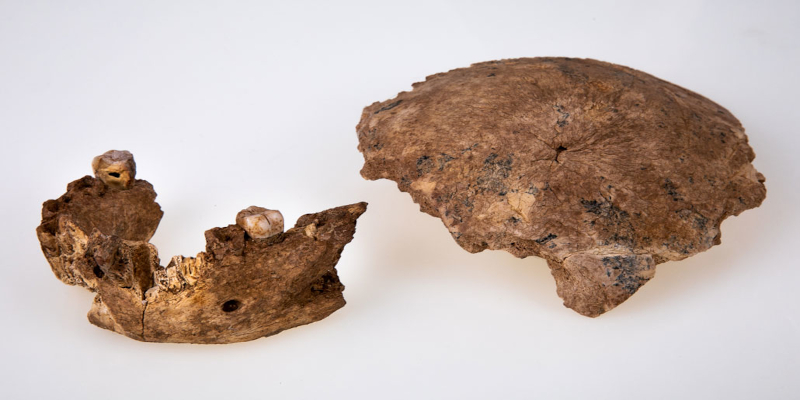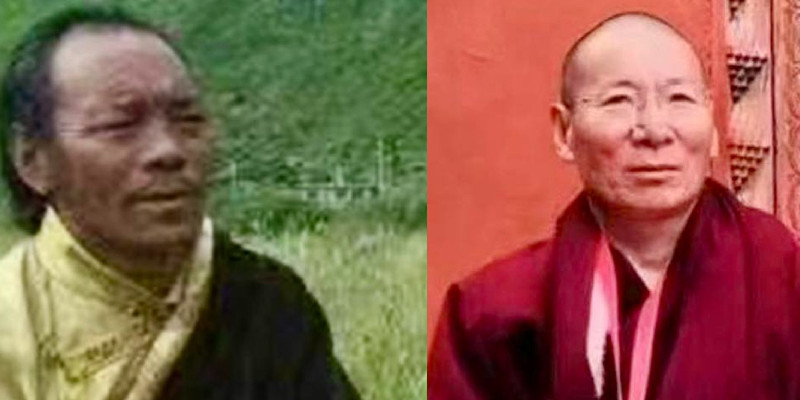25th June: Excavations in an Israeli sinkhole have uncovered a previously undiscovered Stone Age hominid tribe that played a role in the evolution of the Homo genus. Researchers suggest that people who lived around 140,000 to 120,000 years ago at a site named Nesher Ramla joined Neandertals and Denisovans as a third Eurasian Homo community that culturally mixed with and probably interbred with ancient Homo sapiens. A gene inherited from the Denisovans helps Tibetan people thrive at high altitudes.
According to an international team led by paleoanthropologist Israel Hershkovitz, hominid fossils previously discovered in three Israeli caves, dating back as far as 420,000 years ago, are likely to belong to the ancient population represented by the Nesher Ramla findings. The researchers haven’t given the Nesher Ramla Homo a scientific name. The research claims that genetic and cultural mixing of Eurasian Homo populations occurred too often during the Middle Pleistocene period — from 789,000 to 130,000 years ago — to allow the formation of a unique species in this scenario.
The latest discoveries are described in two publications published in Science on June 25, one led by Hershkovitz of Tel Aviv University and the other by archaeologist Yossi Zaidner of the Hebrew University of Jerusalem.
The fossils add to the complexity of the human family tree, which has been complicated in recent years by additions like H. Naledi from South Africa and H. luzonensis from the Philippines. Five parts of a braincase and a virtually complete lower jaw bearing a molar tooth were discovered at Nesher Ramla. These fossils resemble Neandertals in some respects and like Homo heidelbergensis in others, a pre-Neandertal species considered to have inhabited portions of Africa, Europe, and possibly East Asia beginning around 700,000 years ago.
Hershkovitz’s team discovered 6,000 stone objects and several thousand bones of gazelles, horses, tortoises, and other animals in the fossil-bearing silt. Some of the bones had stone-tool markings from the meat removal process. Some Chinese Homo fossils, including a child’s jaw dating to probably more than 200,000 years ago, have features that mirror the new Israeli fossils, according to Hershkovitz. He speculates that ancient Homo groups with roots in Nesher Ramla may have traveled to East Asia and married with some of the existing groups.
Image courtesy: www.sciencenews.org







Leave a Reply